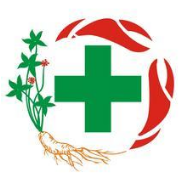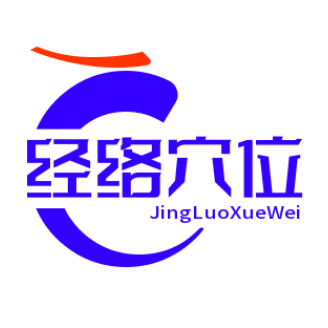Solar term health preservation refers to adopting corresponding health preservation methods based on the changes of the 24 solar terms to maintain physical health. The idea of seasonal health preservation has a long history, as early as recorded in the Yellow Emperor's Inner Canon, emphasizing the principle of "nourishing yang in spring and summer, nourishing yin in autumn and winter". With the development of modern medicine, seasonal health preservation has also received increasing attention from people.
In the 24 solar terms, each solar term has its unique meaning and health preservation methods. For example, the vernal equinox and autumnal equinox are solar terms that divide day and night equally. At this time, one can adjust their schedule, maintain sufficient sleep, and avoid excessive fatigue; The summer solstice is the longest day of the year, so it is important to pay attention to sun protection, heatstroke prevention, and cooling to avoid heatstroke; Winter Solstice is the longest day of darkness in a year, so it is important to keep warm, avoid getting cold, and avoid catching a cold.
节气养生是指根据二十四节气的变化,采取相应的养生方法,以保持身体健康。节气养生的思想源远流长,早在《黄帝内经》中就有记载,强调“春夏养阳,秋冬养阴”的原则。随着现代医学的发展,节气养生也越来越受到人们的关注。
在二十四节气中,每个节气都有其独特的意义和养生方法。例如,春分和秋分是昼夜平分的节气,此时可以调整作息,保持睡眠充足,避免过度疲劳;夏至是一年中白天最长的日子,此时要注意防晒、防暑降温,避免中暑;冬至是一年中黑夜最长的日子,此时要注意保暖、避免受寒,避免感冒。



110X110.png)
110x110.png)






请登录之后再进行评论